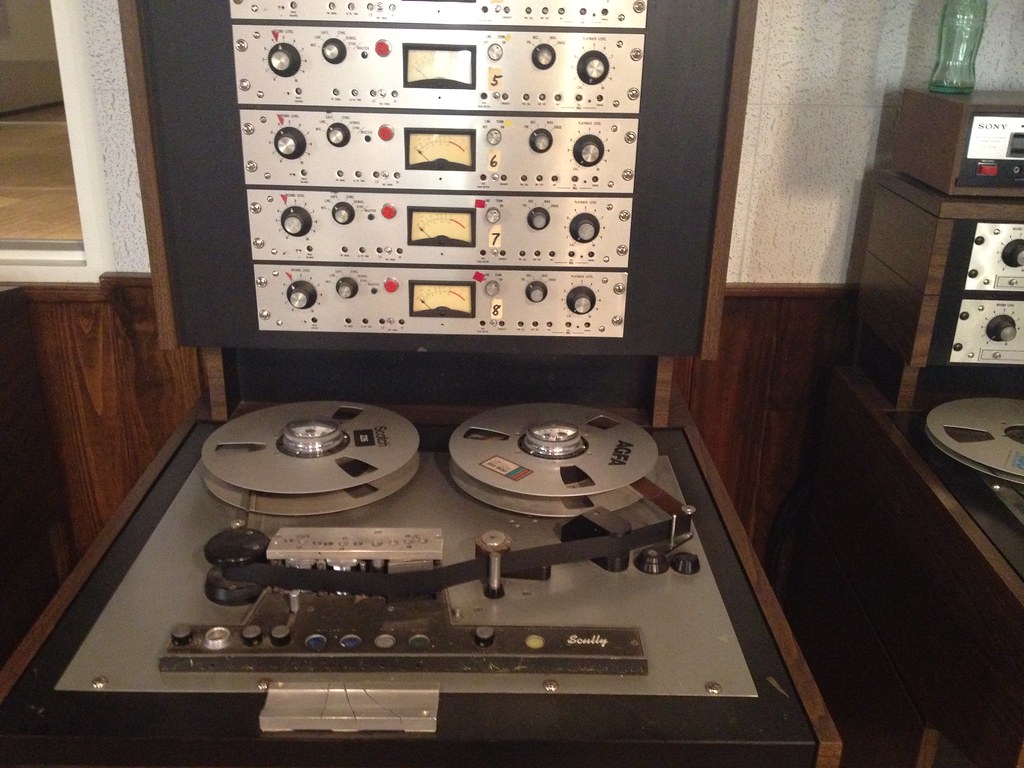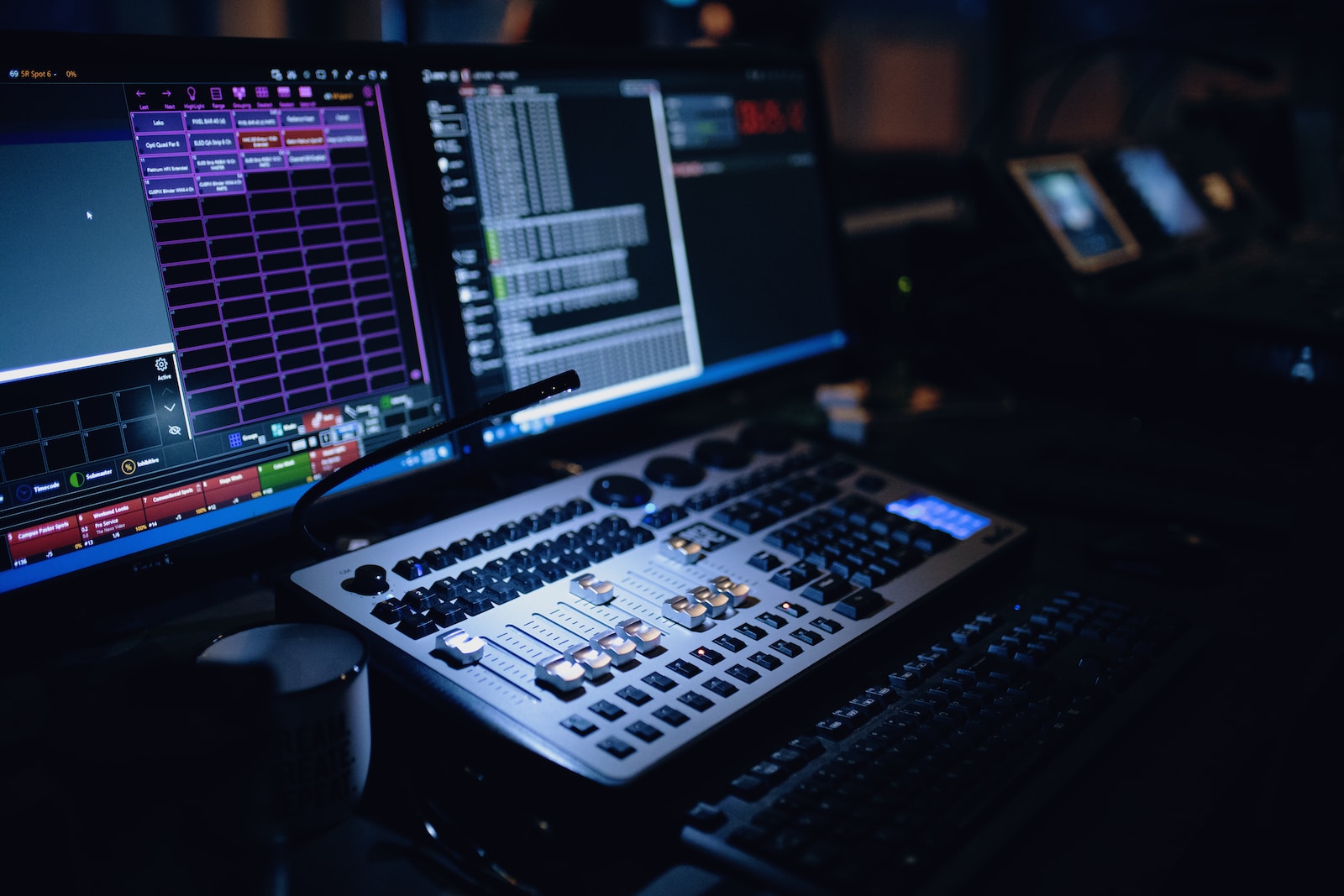Analog and digital audio production refer to the methods used to produce, process, and record sound.

Analog Audio Production
Analog audio production uses analog technology, such as analog tape machines, analog mixing consoles, and analog synthesizers, to produce, process, and record sound. Analog technology relies on continuous wave forms that are converted into electrical signals, which are then used to control various sound-shaping tools.
Main advantages of Analog Audio Production including:
- Warmth and richness of sound: Analog audio equipment and technology have a natural, organic sound that is often considered warmer and more musical than digital audio. This is due to the way analog equipment processes and distorts signals, which can add harmonics and other desirable sound artifacts to the audio.
- Tape compression: Analog tape machines have a natural compression effect, which can add warmth and punch to the audio. This can make audio recordings sound more dynamic and exciting.
- Analog gear as musical instruments: Some analog equipment, such as synthesizers and drum machines, are designed to be played like musical instruments. They often have a unique sound and playability that is difficult to replicate with digital technology.
- Easy to use: Analog audio equipment is often easier to use and understand than digital equipment, which can be more complex and technical. This can make the recording process more intuitive and creative.
And of course, with advantages, comes its disadvantages, including:
- Limited editing capabilities: Analog equipment does not allow for easy editing and manipulation of audio recordings, which can make the post-production process more time-consuming and difficult.
- Maintenance and repair: Analog audio equipment requires regular maintenance and can be expensive to repair. Additionally, some analog equipment can become obsolete and difficult to find replacement parts for.
- Limited storage: Analog audio tapes have a limited lifespan and can degrade over time, which can lead to the loss of valuable recordings. Additionally, analog tapes can be physically damaged and are difficult to store in large quantities.

Digital Audio Production
Digital audio production, on the other hand, uses digital technology, such as digital audio workstations (DAWs), digital mixing consoles, and digital synthesizers, to produce, process, and record sound. Digital technology converts sound into a series of numbers, called digital audio samples, which can be easily manipulated and stored.
- Versatility and accuracy: Digital audio equipment allows for precise and accurate editing and manipulation of audio recordings. This can make the post-production process easier and more efficient.
- Ease of storage and retrieval: Digital audio recordings can be stored on computer hard drives or other digital storage devices, making them easy to access and retrieve.
- Compatibility with other digital equipment: Digital audio equipment is often compatible with other digital equipment, which can make the recording process more streamlined and efficient.
- Cost-effective: Digital audio equipment is often less expensive than analog equipment, and there are many affordable digital audio workstations and plugins available for home recording studios.
Disadvantages of Digital Audio Production:
- Lack of warmth and natural sound: Digital audio equipment can produce a more sterile and clinical sound compared to analog equipment, which can detract from the musicality and emotion of the audio.
- Latency: Digital audio equipment can suffer from latency issues, which can make the recording process less intuitive and responsive.
- Complexity: Digital audio equipment can be more complex and technical than analog equipment, which can make it more difficult to use and understand for some people.
So, both analog and digital audio production have their own unique strengths and weaknesses, and the choice between the two often comes down to personal preference and the desired outcome. Many professional audio engineers use a combination of analog and digital technologies, taking advantage of the strengths of both to produce high-quality sound recordings.










































































































